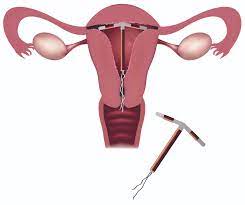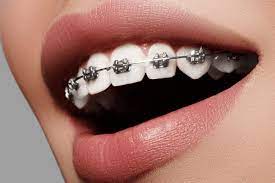IUDs (intrauterine devices) have become the most popular contraceptive device worldwide. If you ask some of your friends what kind of birth control they’re using, chances are someone is using an IUD.
Although IUD use is on the rise, this was not always the case. IUDs could still bring to mind a well-deserved bad reputation; there was a particular form of IUD called the Dalkon Shield that caused a number of serious health problems in the 1970s before being withdrawn from the market. And for a long time, health care providers did not recommend the devices to women who were young, had not yet had children, or were not in a monogamous relationship. But now we know that the IUDs on the market today are a safe, effective, and long-lasting form of birth control.
IUD Basics
An IUD is a plastic T-shaped device that is placed in the uterus by a health care provider. IUDs work by stopping the sperm and egg from meeting or by stopping the fertilized egg from implanting in the uterus once they do. There are two main types of IUD:
Progestin-based IUD
Hormonal IUDs use progestin (the same hormone used in the pill to prevent conception), and each of the four different types includes different doses of hormones. Depending on the type, progestin-based IUDs can last up to 3 to 5 years without needing to be changed, and can be removed at any time. These IUDs can have some hormonal side effects, including acne, breast tenderness, and menstrual changes that can include heavier flow, cramping during periods, and spotting between periods.
Copper IUD
The ParaGard intrauterine device is different because it is the only copper-based intrauterine device available in the United States; the small plastic T-shaped device is wrapped in some copper wire. It lasts up to 10 years without needing to be replaced, and can be removed at any time. Side effects can include anemia, backaches, heavier menstrual periods and cramps, and pain during intercourse.
IUD Benefits
An important benefit is that IUDs are 99% effective. This means that fewer than 1 in 100 people who use an IUD for birth control will get pregnant each year. If you compare it to other birth control methods, it is extremely effective; the birth control pill is 91% effective, condoms are 85% effective, and the ejaculating outside method is 78% effective.
An IUD is also very low maintenance. Once one has been placed, it is effective for years without you having to do anything to maintain it. Also, it can be removed at any time and you can get pregnant right away.
Is an IUD suitable for T-I?
Since there are a variety of IUD options, an IUD might be a good option for you. For example, Mirena is recommended to help treat heavy and painful periods and can help with bleeding caused by endometriosis and fibroids. Liletta has recently released a new inserter, which can make insertion more comfortable. And Paraguard might be a good option for people who find non-hormonal birth control beneficial.
You should also know that IUDs have been associated with an increased risk of pelvic infections, especially for women with more than one sexual partner. Also, they don’t protect against sexually transmitted diseases, so it’s a good idea to use other methods of protection, like condoms, to stay safe.
There are many birth control options (and a variety of IUD options) so if you have questions about whether an IUD is right for you, be sure to talk to your health care provider for more information.



